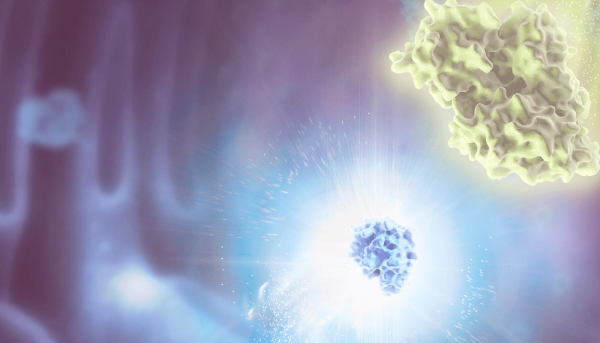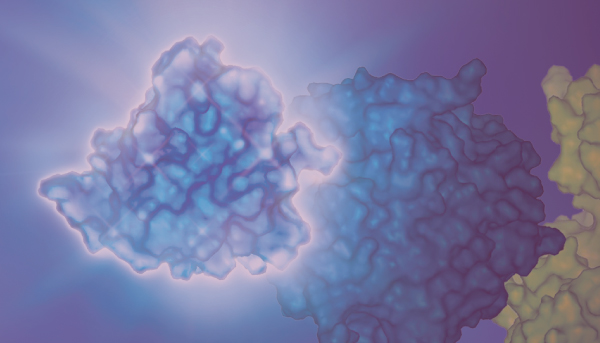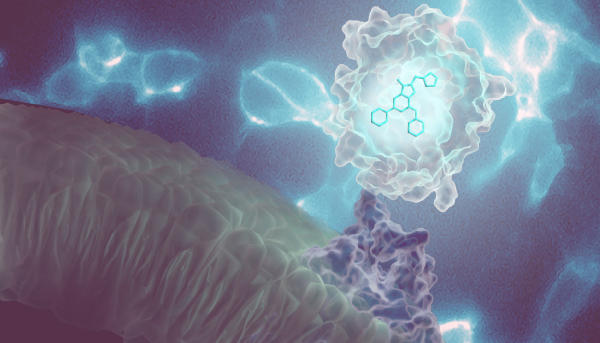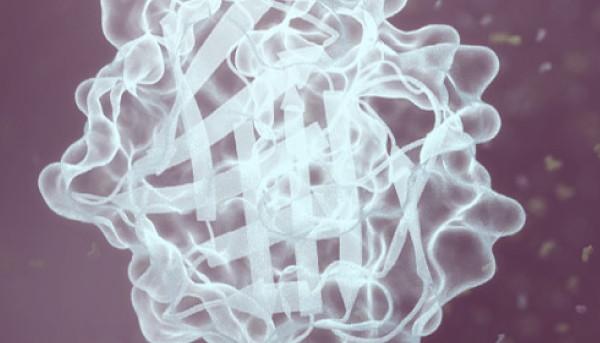NanoLuc® Luciferase as a Genetic Reporter
A small, bright enzyme like NanoLuc® luciferase is the ideal basis for a sensitive genetic reporter. With an array of NanoLuc® reporter vectors and detection assay formats, you can take your genetic reporter assays to the next level.
The Value of NanoLuc® Luciferase as a Genetic Reporter
Bioluminescent reporter genes can be used as a simple, sensitive readout of gene expression events. Although often used as a measure of promoter activity, reporters can also be used to assess other aspects of gene expression such as splicing, translational read-through and miRNA regulation. The small size, bright signal and multiple detection options for NanoLuc® luciferase make this enzyme well suited to an array of genetic reporter applications. In addition to its use in traditional genetic reporter assays, NanoLuc® luciferase is uniquely well suited for creating the next-generation genetic reporter assays required for more advanced genomic analysis.
Measure Intrinsic Promoter Activity
The small, bright NanoLuc® reporter can be used together with CRISPR-Cas9 or other gene editing techniques to create assays that monitor endogenous promoter activity. By knocking the NanoLuc® reporter into endogenous loci, you can easily measure promoter activity that responds to changing cellular conditions or compound treatment using a simple bioluminescent signal. This approach creates highly relevant genetic reporter assays that reflect the endogenous genetic and epigenetic elements that govern the activity of a particular promoter in its native chromatin context.
Confirm Predictions Made by Artificial Intelligence
The increase in whole genome sequencing data has created large databases of genetic information. Researchers are now correlating these genomic data with specific human health endpoints in order to better understand how variations in genome sequence is associated with disease. Artificial intelligence (AI) can be leveraged to perform this type of analysis and make predictions about the significance of specific genomic variations, their effect on gene expression, and relation to specific disease outcomes. NanoLuc® genetic reporters are being used to create functional assays to verify the predictions made by AI have the projected changes on gene expression.
Additional NanoLuc® Genetic Reporter Applications
Find more examples of how NanoLuc® luciferase was used in studying gene expression regulation.
How to Get Started Using NanoLuc® Genetic Reporter Assays
Reporter assays consist of two elements: A vector that encodes the reporter, NanoLuc® luciferase, and a detection reagent. Both are needed to generate a functional reporter assay. We offer an array of NanoLuc® reporter vectors and reagents with several tools to help you create your NanoLuc® genetic reporter assays. The NanoLuc® reporter gene can be full length, in a secreted format or a destabilized form that provides a maximum assay window. Just clone your region of interest into one of these vectors. In addition, you can find a collection of NanoLuc® signaling pathway vectors that contain specific genomic response elements driving NanoLuc® expression.
There are multiple detection reagents available to measure NanoLuc® genetic reporter activity. To measure the activity from a single reporter, you can use lytic or live-cell options. Lytic reagents are used for endpoint measurements (e.g., Nano-Glo® Luciferase Assay System) while live-cell reagents mean you can monitor changes in reporter activity over time. Nano-Glo® live-cell reagents kinetically measure NanoLuc® reporter activity kinetically for assessing genetic reporter responses in real-time.

HEK293 cells were transiently transfected with a construct expressing NlucP from a promoter with cAMP response elements (CRE). Endurazine™ substrate was added to cells at time zero, and luminescence measured continuously using a GloMax® Discover instrument at 37°C. After approximately 2 hours, varying concentrations of forskolin were added to induce expression of NlucP by increasing the intracellular cAMP concentration. Data shown is per-well normalization of the NanoLuc® expression in response to forskolin.
NanoLuc as a reporter enzyme can also be measured together with firefly luciferase in a dual-reporter format called NanoDLR. The Nano-Glo® Dual-Luciferase® Reporter Assay (NanoDLR) is the most sensitive and versatile dual-reporter assay system available. By measuring the activity of two reporters in a single sample, you can gain more data. Whether you want a single experimental reporter with a control for normalization or two experimental reporters, NanoLuc® luciferase plus firefly luciferase offer greater sensitivity and assay designs for experimental needs.
Additional Resources

How to Normalize a Reporter Assay

Choosing Primary and Control Reporters

Designing a Reporter Assay
